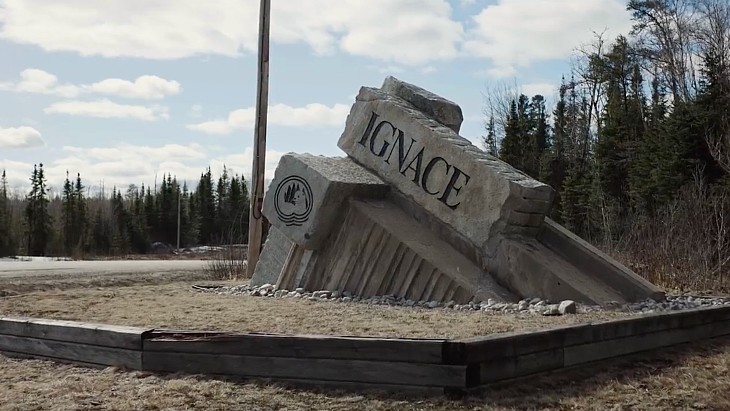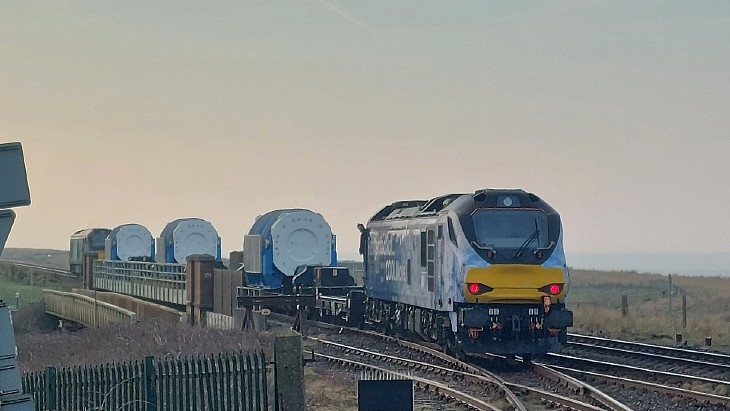German waste disposal plan approved
Following a strategic environmental assessment and public consultation, the German cabinet yesterday adopted a draft national radioactive waste disposal program proposed by the country's environment ministry.
The ministry said that program offers a "comprehensive approach to responsible and safe disposal of all radioactive waste".
For the final disposal of radioactive waste, the program proposes two locations: the former iron ore mine Konrad in Salzgitter for low- and intermediate-level waste and another as yet undetermined site for high-level waste. However, the program does not seek an extension to the Konrad repository, as previously proposed, so the second location will need to accommodate all radioactive waste produced by 2022, when Germany's last nuclear power reactor is set to shut under the government's nuclear phase-out policy.
In order to develop the program, the federal environment ministry has compiled a list of all the types of radioactive waste that needs to be disposed of in Germany. This includes highly-radioactive waste such as used nuclear fuel and wastes from the reprocessing of German used fuel abroad, as well as low- and intermediate-level wastes of all kinds. In addition, the ministry has made a forecast of all the radioactive waste that will be generated in the country by 2080.
According to the ministry, there will be some 10,500 tonnes of used fuel from the operation of nuclear power plants, which could be stored in about 1100 containers. A further 300 containers of high- and intermediate-level waste are also expected from the reprocessing of used fuel, as well as 500 containers of used fuel from research and demonstration reactors.
In addition, some 600,000 cubic meters of low- and intermediate-level waste will need to be disposed of. This includes such waste from the operation and decommissioning of nuclear power plants as well as from industry, medicine and research.
Under plans announced in 2010, some 200,000 cubic metres of mostly low-level waste are being removed from Germany's Asse radioactive waste disposal facility, a salt dome which has proven unstable. This waste, together with some 100,000 cubic meters of waste from uranium enrichment operations at Urenco's plant at Gronau, will also require disposal.
Environment Minister Barbara Hendricks said, "With the disposal program, we are creating transparency and robust planning for the disposal of nuclear waste, taking into account the opinions of citizens particularly concerned about an extension of the Konrad mine ... It has been a special concern to take the interests of the local population [into account] and not to defy it."
Under the European Union's Waste Directive of 2011, Germany was required to submit such a plan to the European Commission by 23 August.
Researched and written
by World Nuclear News
_17992.jpg)
_75800.jpg)








_50521.jpg)

